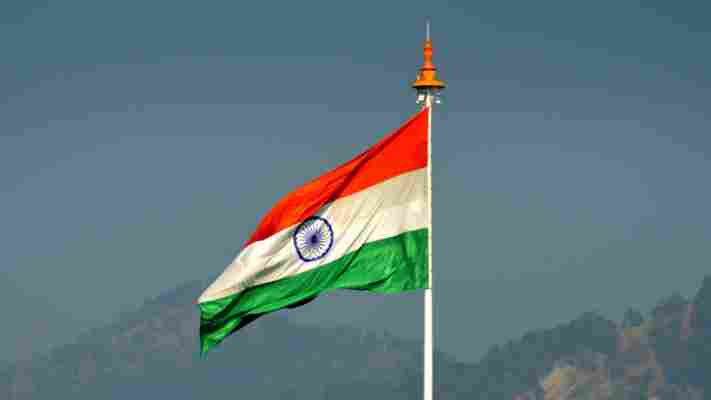
India has been trying to push electronics and mobile manufacturing under its “Make in India” scheme. As part of the project, it invited proposals from the international phone makers to allow a subsidy of 4-6% on sales for gadgets produced in the country.

Today the government announced that Samsung and Apple’s partners Foxconn, Winston, and Pegatron have won a five-year approval to gain benefits from this scheme. Under the Production Linked Incentive Scheme (PLI) , phone-makers will get 4-6% benefit on devices that are worth ₹15,000 ($205) or above.
The government expects international players to produce mobile phones worth ₹900,000 crores ($122.6 billion) in the next five years in India . It also approved applications from some domestic players such as Micromax and Lava that are expected to produce phones worth ₹125,000 crores ($17 billion). Authorities also said that 60% of this manufacturing will go towards exports.
Prachir Singh, an analyst at research firm Counterpoint, said that Apple and Samsung will benefit hugely from this scheme:
This scheme might not benefit Chinese phone-makers such as Xiaomi, Vivo, and Oppo, who rely on selling phones that are priced under ₹15,000. According to counterpoint, only 25% of phones shipped in India last year were above that price.
India said that this project will also add domestic value addition in a mobile phone from 15-20% to 35-40%. For that, the country will need to attract more component makers. Earlier this year, Samsung announced that it’ll invest more than $700 million to set up a display factory in the northern state of Uttar Pradesh. The Korean giant is expected to start production in that plant by the end of this year or early next year.
Consumers in India might not see immediate benefits of this scheme. Currently, iPhones in India are priced significantly higher than in the US because of import duties on components. But if the company manages to source its components locally and shift a good chunk of its production here, Apple devices might get a bit cheaper for Indian users.
We’ve reached out to Samsung and Apple for a comment and we’ll update the story if we hear back.